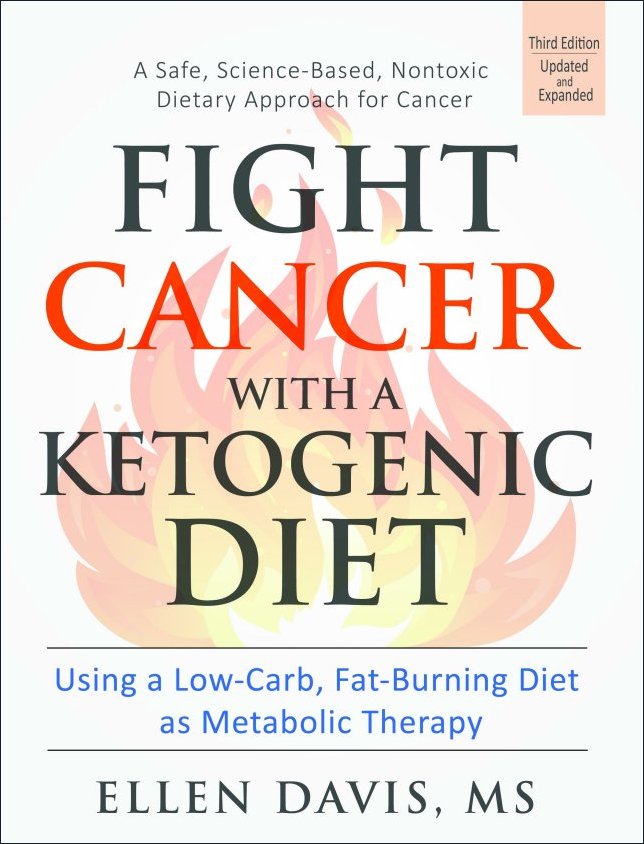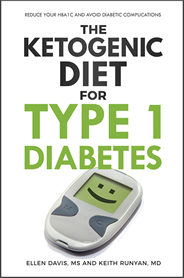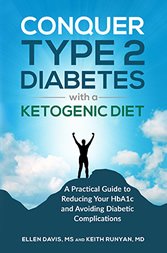Insulin Resistance Symptoms
Insulin resistance symptoms are very similar to the symptoms associated with pre diabetes, and I believe the two conditions are strongly related, in that insulin resistance is often the beginning stage of pre diabetes and can worsen into type 2 diabetes.
Insulin resistance is closely associated with obesity, high cholesterol brought on by inflammation, high blood triglycerides, high blood pressure and coronary heart disease. These health conditions often show up at the same time in many patients, and doctors call the combination the Metabolic Syndrome.
Typical Insulin Resistance Symptoms
First, get your doc to prescribe a fasting insulin test. Elevated results of this test will point to insulin resistance long before other symptoms show up. In addition, here are some telling symptoms for which to watch:
- weight gain without a change in eating habits, especially around your middle
- falling asleep after meals, especially high carb meals
- a diagnosis of high total cholesterol and/or high blood pressure
- constant hunger, even right after eating
- sugar cravings that won't go away
- fatigue or lack of energy
Avoiding and Treating Insulin Resistance Symptoms
Although there are many drugs on the market touted to treat insulin resistance, (most have serious side effects) most people with insulin resistance symptoms can reverse them by:
- Following a ketogenic diet plan and
- Adding a long term program of high intensity interval training exercise. This would include lifting weights and aerobic interval training.
The combination of a low carb diet and high intensity exercise is the best treatment for avoiding and reversing insulin resistance symptoms and the eventual progression to the pre diabetes symptoms associated with a breakdown in insulin sensitivity.
For example, look at the results of this research trial, which was designed to test low carb diets on the factors associated with metabolic syndrome:
Eighty three subjects were randomly allocated to one of 3 weight loss diets for 8 weeks and on the same diets in energy balance for 4 weeks. Each diet provided identical amounts of calories but differed in the amount of carbohydrate, fat, protein and saturated fat included. This was expressed in a ratio (Carb:Fat:Protein; %SF). The diets included a:
- Very Low Fat (VLF) (70:10:20; 3%)
- High Unsaturated Fat (HUF) = (50:30:20; 6%)
- Very Low Carb (VLCARB) (4:61:35; 20%)
The results were telling. Those subjects on the VLCARB diet lowered their fasting insulin by 33%, compared to a 19% fall on the HUF diet and no change on VLF.
The authors concluded that very low carb diets resulted in similar fat loss to the HUF diets, (which were low in saturated fat), but the very low carb diet was more effective in improving triglyceride levels, increasing HDL-Cholesterol, and improving fasting and post meal glucose and insulin concentrations. They noted that VLCARB diets may be useful in the short-term management of subjects with insulin resistance and high blood triglycerides.
Many other studies have repeated these results, even in people who have developed diabetes from years of chronically elevated insulin levels.
And a Polish physician named Jan Kwasniewski has used very low carb diets (aka: high fat or ketogenic diets) to effectively treat Metabolic Syndrome and Diabetes.
High Intensity Exercise is Best

In addition to a low carb diet, intense exercise has been shown in many studies to reverse most insulin resistance symptoms and normalize blood sugar levels in humans. Exercise in any form or intensity will help reduce insulin resistance, but high intensity interval training has been shown to be especially beneficial.
Because insulin secretion decreases and insulin sensitivity improves with exercise, it helps ramp up ketone production. Exercise also increases muscle insulin sensitivity and improves insulin resistance. And the effects are immediate. In previously sedentary adults, the rate of insulin driven glucose uptake in muscles can improve by at least 40% after a single session of moderate intensity exercise. Keep in mind that the improved insulin sensitivity diminishes within 16 to 72 hours after the last exercise session, as shown in the studies here and here, so regular exercise is needed to maintain improved insulin sensitivity. When exercise becomes habitual over time, not only does insulin sensitivity improve, but other benefits occur. These include:
- Stronger bones, muscles, and tendons
- Stronger heart and lungs - this recent study showed that recreational physical activity was associated with reduced cardiovascular mortality
- Improved balance and resistance to falls
- Improved mental health
For more information, see this study and this study, and read Body by Science: A Research Based Program to Get the Results You Want in 12 Minutes a Week by Dr. Doug McGuff and John Little. If you aren't big on reading, here's a talk given by Dr. McGuff which covers the major points of his book.
More Information
- Carbohydrate Restriction has a More Favorable Impact on the Metabolic Syndrome than a Low Fat Diet.
- Carbohydrate restriction improves the features of Metabolic Syndrome.
- Syndrome X, The Silent Killer: The New Heart Disease Risk by Gerald Reaven, Terry Kirsten Strom, and Barry Fox
All of my books are available in electronic PDF, and now in paperback on Amazon!
 |
 |
 |
|
Buy paperbook on Buy paperback on Amazon Buy the e-Book via Paypal |
Buy paperback on Buy paperback on Amazon Buy the e-Book via Paypal |
Buy paperback on Buy paperback on Amazon Buy the e-Book via PayPal |
Done with Insulin Resistance Symptoms, back to Insulin Resistant